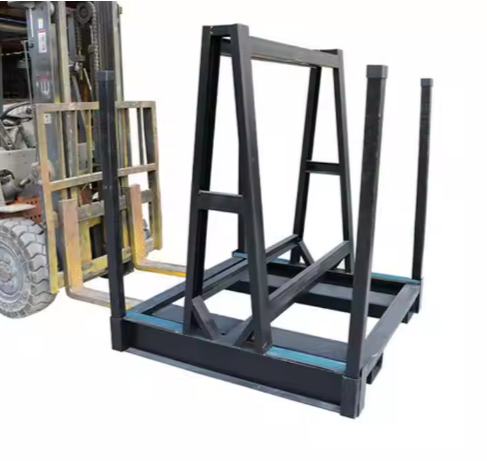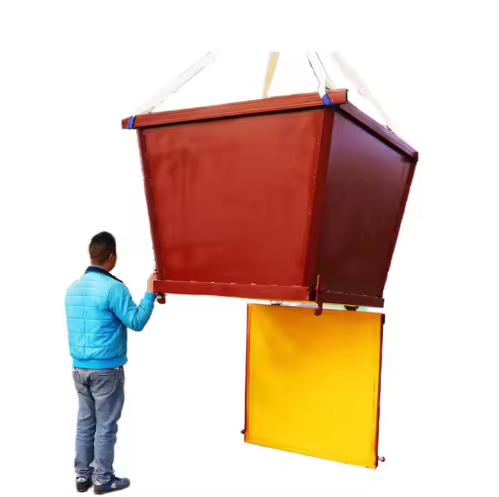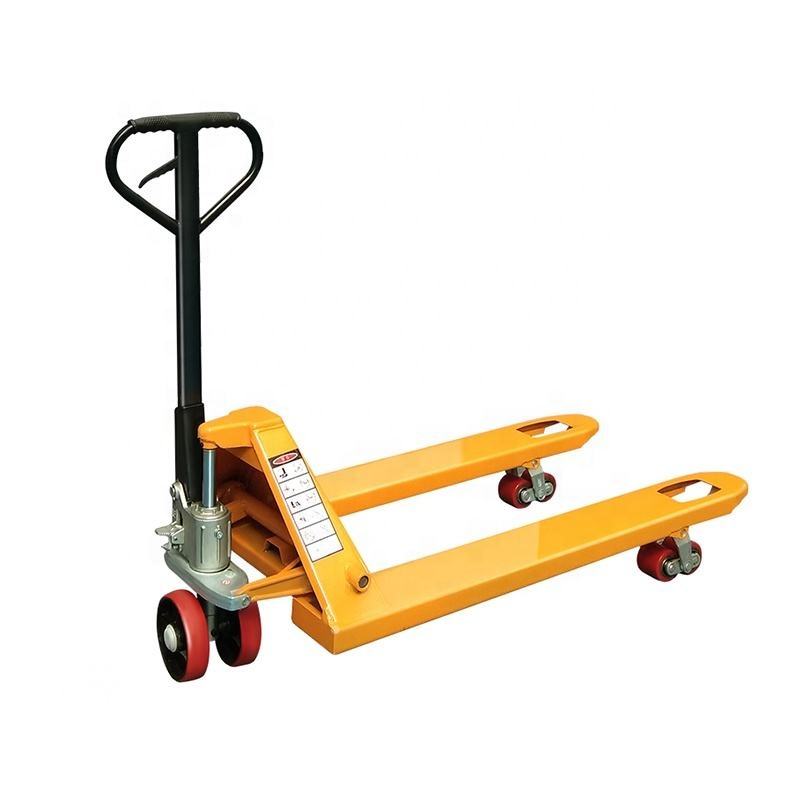Introduction
In the stone industry, handling and stacking stone materials are crucial processes. Due to the heavy weight, large volume, and fragility of stone, efficiently and safely transporting these materials is a key concern for business operations. The Electric Pallet Jack (EPJ) has emerged as an efficient and labor-saving material handling tool that is increasingly being adopted in the stone industry. This article will explore the advantages, applications, selection guidelines, and future trends of EPJ in the stone sector.
Challenges of Handling in the Stone Industry
The stone industry mainly deals with materials such as marble, granite, quartz stone, and artificial stone. The characteristics of these materials present several challenges during handling:
- Heavy Weight: Individual stone pieces can weigh hundreds of kilograms or even several tons, making manual handling difficult.
- Fragility: Stone surfaces are susceptible to impacts, leading to breakage or scratches, requiring careful handling.
- Large and Irregular Sizes: Some stone materials come in long slabs or large sheets, making stacking and storage challenging.
- High Labor Costs: Traditional handling methods rely on extensive manpower, leading to high labor intensity and low efficiency.
- Safety Hazards: Workers face risks such as being crushed or cut during manual handling.
To address these issues, the use of EPJ has become a viable solution.
Advantages of Electric Pallet Jacks
Compared to traditional manual handling tools, EPJs offer several benefits in the stone industry.
1. Increased Handling Efficiency
EPJs are powered by electricity, significantly improving transportation efficiency compared to manual or hand pallet trucks. Workers can complete handling tasks effortlessly by simply operating the handle.
2. Reduced Labor Costs
Traditional handling methods require multiple workers. With EPJs, a single operator can accomplish tasks that previously required multiple personnel, thereby reducing labor costs and increasing profit margins.
3. Enhanced Safety
EPJs are equipped with multiple safety features such as anti-slip brakes, speed limit controls, and emergency stop functions, reducing accidents caused by operational errors or equipment malfunctions.
4. Adaptability to Different Floor Conditions
Stone processing plants often have complex floor conditions, including wet or uneven areas. EPJs feature strong obstacle-crossing capabilities and anti-slip tires, ensuring stable operation across various surfaces.
5. Flexible Operation in Confined Spaces
Compared to forklifts, EPJs are smaller and more maneuverable, making them ideal for warehouses, workshops, and showrooms where space is limited, optimizing space utilization.
6. Minimized Stone Damage
EPJs offer smooth lifting and lowering functions, reducing vibrations and impacts during handling and unloading, thereby decreasing the likelihood of stone damage.
Application Scenarios of Electric Pallet Jacks
1. Stone Warehouse Management
EPJs are widely used for retrieving and organizing stone materials in warehouses. Their high load capacity and stable operation make them ideal for handling large stone slabs efficiently.
2. Internal Logistics in Processing Plants
Stone processing plants require frequent movement of raw materials and finished products between different processing stages. EPJs efficiently transport raw materials from storage to cutting, polishing, and carving stations, and then transfer finished products to packaging and storage areas.
3. Showrooms and Sales Locations
In stone showrooms and sales areas, EPJs assist workers in safely moving exhibits and arranging different samples for customer display.
4. Ports and Logistics Centers
The stone industry often involves international trade. EPJs play a crucial role in loading and unloading stone materials at ports and logistics hubs, improving operational efficiency and reducing manual labor time.
Selection Guide: How to Choose the Right EPJ?
When selecting an EPJ, consider the following factors:
- Load Capacity: Since stone materials are heavy, choose an EPJ with a strong load capacity (at least 2000kg) to meet handling requirements.
- Battery Life: Long operation hours require a durable battery. Lithium battery versions offer fast charging and a longer lifespan.
- Maneuverability: Select an EPJ with an appropriate turning radius and control mechanism based on warehouse and factory space constraints.
- Safety Features: Choose models equipped with buffering, anti-slip, and emergency braking functions to enhance safety.
- Ease of Maintenance: Opt for an EPJ that is easy to maintain, ensuring lower maintenance costs and a longer service life.
Future Trends
With technological advancements, EPJs will continue to play an essential role in the stone industry. The following trends are expected in the future:
1. Intelligent Control
Future EPJs may feature advanced smart control systems such as automatic navigation, remote control, and intelligent obstacle avoidance, increasing automation levels.
2. More Efficient Energy Management
Advancements in lithium battery technology will further enhance EPJ battery life while reducing charging times, enabling continuous operation.
3. Human-Machine Collaboration
By integrating artificial intelligence and IoT technology, EPJs may work in conjunction with other automated systems such as AGVs and smart warehouses for more efficient logistics management.
4. Sustainability and Environmental Protection
Future EPJs will focus more on eco-friendly designs, reducing carbon emissions and incorporating recyclable materials to enhance sustainability.
Conclusion
The application of Electric Pallet Jacks in the stone industry not only improves handling efficiency and reduces labor costs but also enhances operational safety. As smart and automated technologies continue to evolve, EPJs will play an increasingly vital role in the industry. For stone processing companies, selecting and utilizing the right EPJ can optimize workflow and enhance overall competitiveness.
With the continuous development of the industry, businesses should stay up-to-date with technological advancements and leverage EPJs to improve production efficiency and reduce operating costs, ultimately achieving a more sustainable and efficient production model.
Feature Product
-
 Stone Glass Slab Heavy-duty China factory Hot S...
Stone Glass Slab Heavy-duty China factory Hot S...Product Introduction: The Stone Glass Slab Heav...
-
 New Type Stone Waster Storage Bin Drop Bottom D...
New Type Stone Waster Storage Bin Drop Bottom D...Product Description Overview: The New Type Ston...


